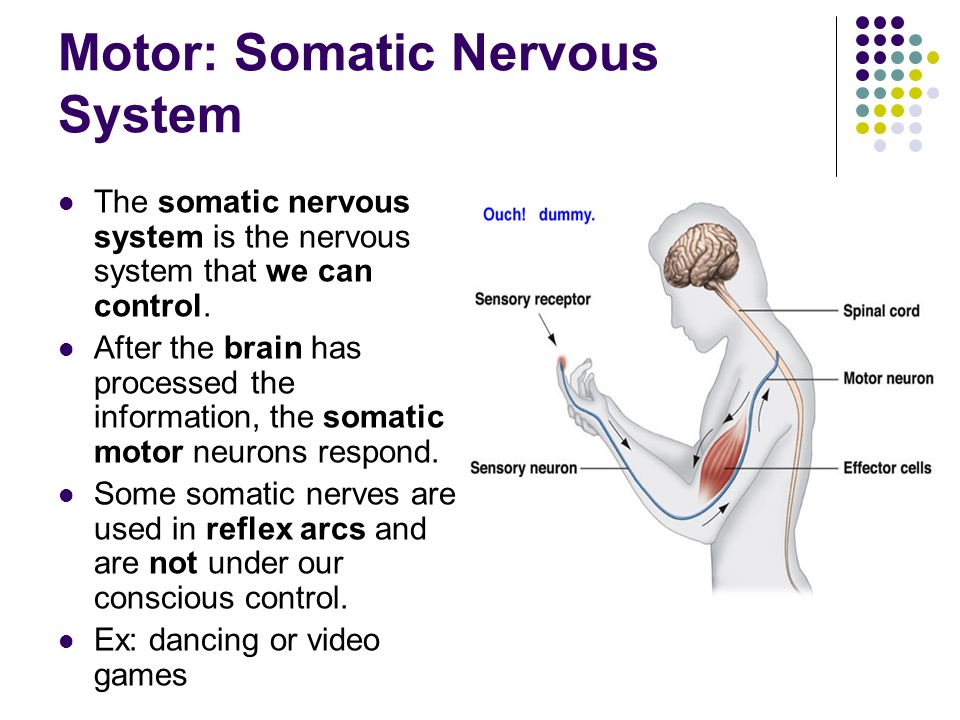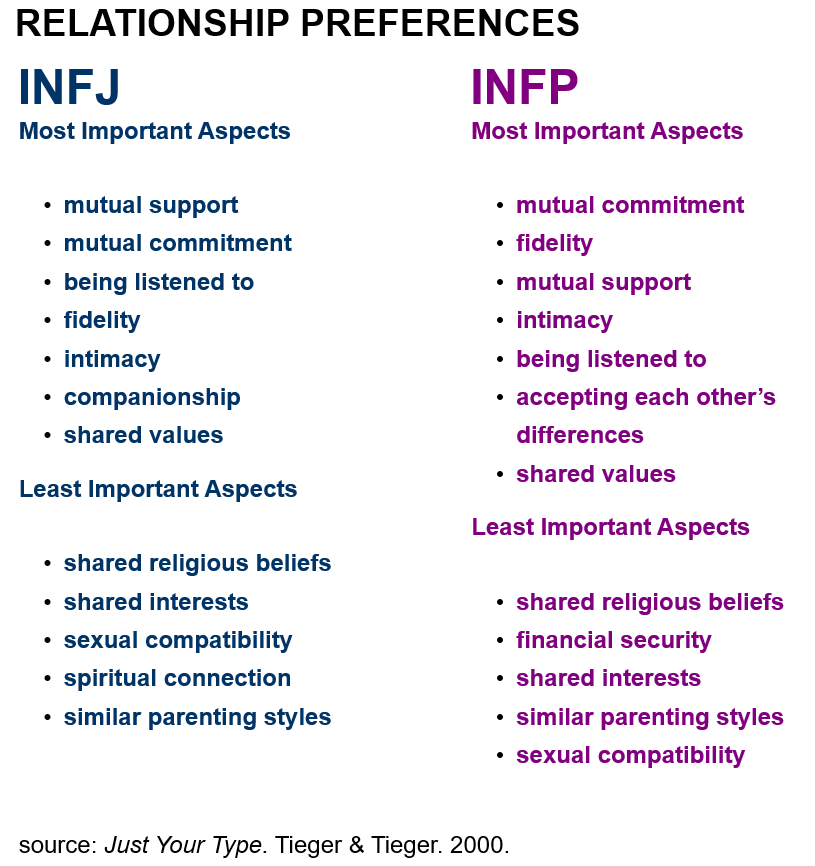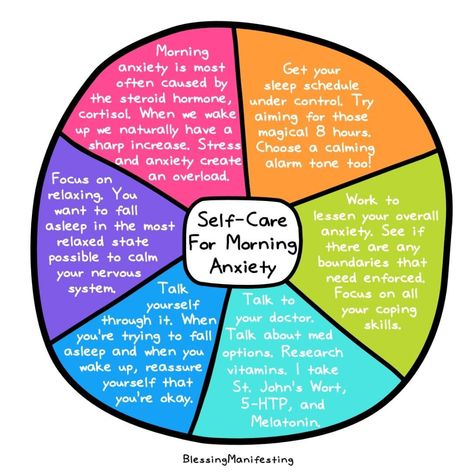What is somatic psychology
10 Somatic Interventions Explained — Integrative Psychotherapy Mental Health Blog
As a somatic therapist who helps clients heal in mind, body and spirit, I often get asked about this method of treatment.
What is somatic psychotherapy?
Somatic Psychotherapy is a term that’s been used more frequently over the past few years as scientific research has proven that, as humans, we store memories, experience and emotions on a cellular level. Which means, it’s not “all in your head”; rather, our bodies hold data as well.
This is why many people express a feelings of “body anxiety” even in the absence of anxious “thoughts”. It’s also why you may find yourself not feeling very safe in your own skin on certain occasions, times of year or in certain environments, even if there is no “apparent” reason. Often, your body is reminded of something {even when your mind does not} and is sending an alert, a pause, or even a danger signal.
A body based therapy to help you heal on a cellular level
Initially, somatic therapies were created to help trauma survivors finally experience relief from their trauma symptoms such as flashbacks, difficulty sleeping, dysregulated eating patterns and chaotic relationships and lifestyles.
However, over the last number of years, somatic therapy has been effective in helping individuals who struggle with all kinds of stressors and has been effective in helping them finally experience relief.
Areas such as : relationship, intimacy, those seeking a feeling of security, wanting to feel trust, over/under achievers, parenting skills, managing anxiety, working though depression and other emotional difficulties.
Accessing the Root of the Issue- an Integrative Approach to Healing
Therapies which focus on talking about “tough stuff”, learning skills or solely rely on the psychodynamic relationship without somatic , mind-body awareness or trauma interventions can be helpful up until a certain point.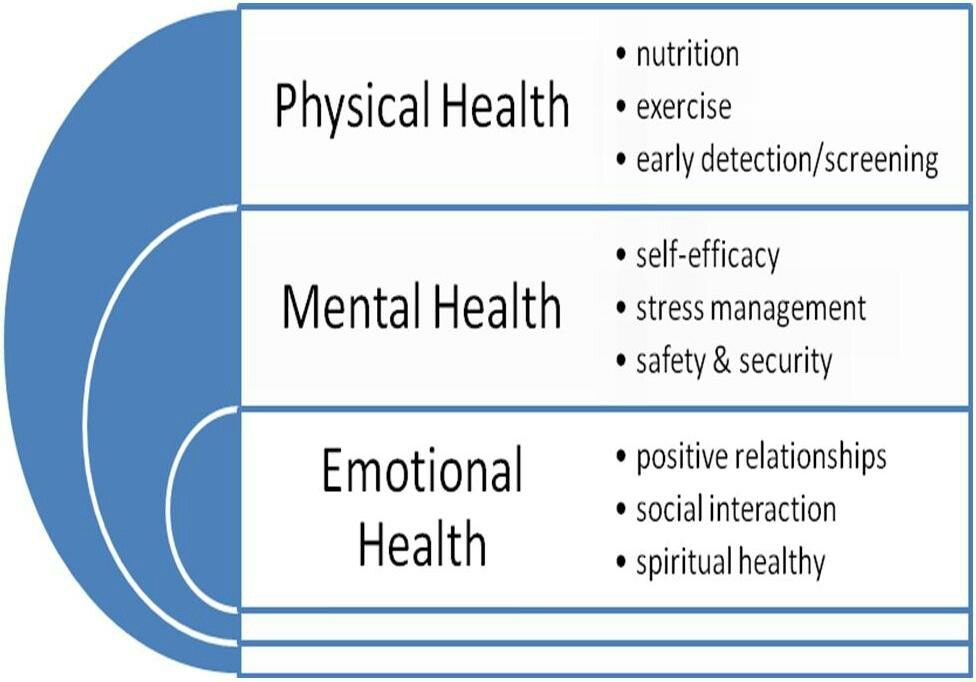
Sometimes, clients are “doing” all the right things, but somehow aren’t feeling relief. This often happens when the therapy emphasizes focuses on “brain-based issues”, often assuming the mind and thinking style to be causing psychological distress. However, many times, it isn’t “just in your head”, and it’s not always related to an anxious, depressive or nervous wracking thought that is the cause of the problem.
When your distress is carved on your body; not in your mind.
In certain instances, the brain and body have been wired {based on experiences], leaving the body with unconscious, deeply-rooted beliefs that are not accessible by cognitive approaches such as “I am bad” , “I’m alone”, or “I won’t ever heal”, many times, the person may not even be aware of the beliefs they carry until confronted with a struggle related to it.
Because of this, Dr. Peter Levine (founder of Somatic Experience) and Dr. Pat Ogden (founder of Sensorimotor Psychotherapy) have researched, introduced, and trained many therapists in somatic approaches, utilizing an integrative whole-body approach to psychotherapy, to help clients access the body-based beliefs and release experiences that have been held on the body. These approaches have helped clients experience long term relief.
Pat Ogden (founder of Sensorimotor Psychotherapy) have researched, introduced, and trained many therapists in somatic approaches, utilizing an integrative whole-body approach to psychotherapy, to help clients access the body-based beliefs and release experiences that have been held on the body. These approaches have helped clients experience long term relief.
Somatic psychotherapy is a therapeutic approach which engages the body awareness as a powerful tool and intervention in therapy.
Somatic approaches are used to engage the relationship between mind, body, brain, and behavior. Somatically trained therapists use interventions to help calm their clients’ nervous system, and create more ease in the healing process.
Curious to know more? Here are some key concepts used in somatic psychotherapy.
1} Developing Somatic AwarenessIn somatic therapy, we educate clients about what body awareness is, and how to cultivate body awareness in and around your body. This is a prerequisite to creating change on a cellular level. We begin by identifying areas of tension and areas of constriction, as well as thoughts, feelings and behaviors that promote a feeling of calm and safety, and bring these to conscious awareness. We may practice something small such as softening a “hunched” back to a more straightened posture, to begin working towards body alignment.
This is a prerequisite to creating change on a cellular level. We begin by identifying areas of tension and areas of constriction, as well as thoughts, feelings and behaviors that promote a feeling of calm and safety, and bring these to conscious awareness. We may practice something small such as softening a “hunched” back to a more straightened posture, to begin working towards body alignment.
By focusing on, and amplifying the sensations in your body, you begin to deepen your healing experience and allow for change that you can “feel” in your skin.
2} ResourcingResourcing refers to the way we strengthen our sense of stability and safety in the world. In session, before beginning deeper work, we identify the resources you may have. Often we will look at significant people, relationships, ego strengths, experiences, times and places that strengthen a sense of safety and choice. Sometimes, this is a practice of coming up with a “secure space” - which can be real or imaginary, where we expand on a space that give you a feeling of peace, ease and calm.
We also resource “protective figures”, “wise figures”, and “nurturing figures” by bringing to mind individuals who give you a sense of strength, empowerment and trust- and from there we may ask your body; for example: “ how does it feel to be in your skin when you bring up the image of those people who are protective figures in your life?”
We “download” the sensations, thoughts and feelings associated with feel-good experiences so the mind + body can come back to these resource states later when trauma or anxiety work gets tiring. The resourcing provides as an anchor to replenish energies.
3} Grounding in the Here-And-NowGrounding refers to our ability to experience our full selves as connected and “embodied”.
The concept of grounding is at the root of mind-body focused interventions. Alexander Lowen, developer of bioenergetics, introduced grounding as a concept in which we can live life, fully experiencing ourselves- connected in the world around us.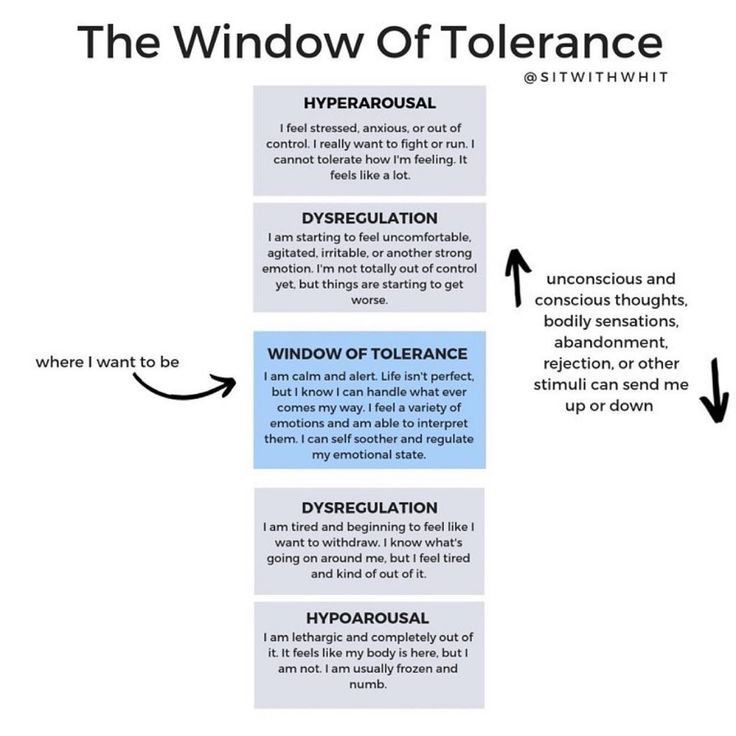 We use grounding tools to help calm and regulate our nervous systems when we are feeling overly activated or triggered, as grounding helps sooth and settle.
We use grounding tools to help calm and regulate our nervous systems when we are feeling overly activated or triggered, as grounding helps sooth and settle.
Often I use a 4 Elements Exercise where we get in touch with the elements around us; earth, air, water and fire.
4} Using Descriptive Language
Today’s somatic focused therapy approach is all about getting curious, getting descriptive and staying close to the experience that’s happening in and around your body. Tension, anxiety and trauma memories get processed as long as you can track, contact, describe and allow the experience to move through you.
For example, you’re angry at something that’s happened, but you don’t want to stay angry and irritated. You can get descriptive to meet your body experience, to help yourself move through it.
You may begin with some words such as, “It feels like a raging fiery feeling welling up in my chest…. ”. As you stay with the sensations, and follow what happens next, you’ll notice the anger moves, and how it slowly shifts as you focus on the descriptive body sensation instead of the details of the upsetting event. You can use descriptive language as a method to deepen whatever you’re experiencing. Some descriptive words are: warmth, cold, tingly, sharp sensation, numb, dull pressure, ease, spinning, lifting, swirling, or calming.
”. As you stay with the sensations, and follow what happens next, you’ll notice the anger moves, and how it slowly shifts as you focus on the descriptive body sensation instead of the details of the upsetting event. You can use descriptive language as a method to deepen whatever you’re experiencing. Some descriptive words are: warmth, cold, tingly, sharp sensation, numb, dull pressure, ease, spinning, lifting, swirling, or calming.
Movement is a natural way for the body to move through difficult experiences, insecurities, past traumas and and intense emotions. Movement is a natural way to help strengthen your abilities to show up, be connected to others and feel more confident.
Movement helps us tap into our innate ability to heal the stories that our bodies hold.
If you take some time, you’ll notice how each of us carries stories and beliefs which impact how we interact with others and the people around us.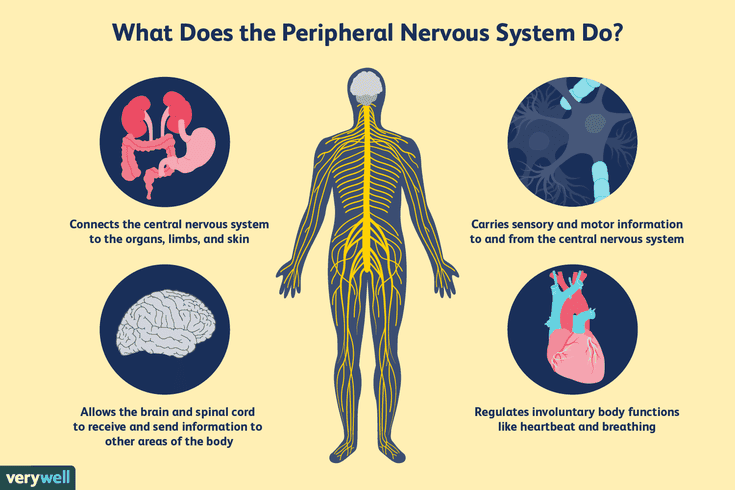 Our gestures, postures, voice volume and presence in the room communicates what we believe about ourselves, what we expect, or what we’ve experienced in the past.
Our gestures, postures, voice volume and presence in the room communicates what we believe about ourselves, what we expect, or what we’ve experienced in the past.
In session, we would use movement to help you move through something that is coming up. For example, if you have an urge to hide behind other people, or to speak really quietly, we would notice that urge, and stay with it, allowing you to take on a physical movement to represent “the need to hide”. You might crouch down or look away. As you do that, you may have a thought such that is related to this urge, such as “its not safe to talk, or I won’t be heard” or “I actually have something important to say”. You may also have an image come up that is matched with when you learned you needed to “hide”. All of this is data that is easier to access, process and release when combined with movement.
6} Co-Regulation & Self RegulationCo-regulation refers to the way we calm ourselves down when we are connecting to someone else.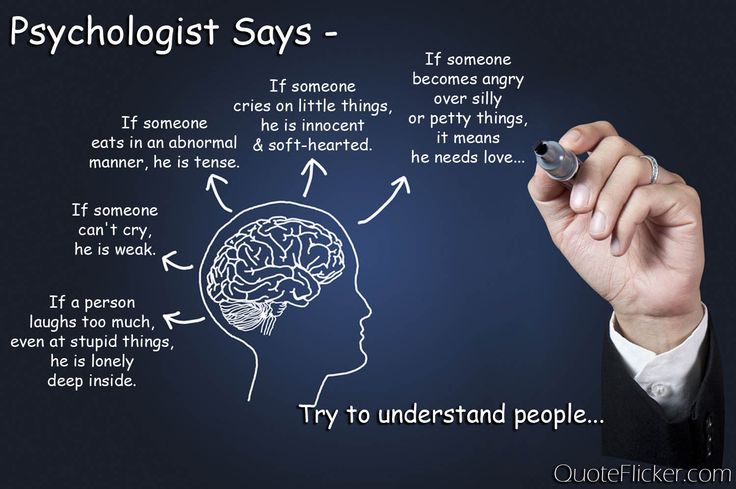 In attachment focused therapies, the therapist uses her/himself to use mirror neurons to help the stressed or disconnected client calm down. When we are connect to another person’s sense of warmth, care and stability, we are able to better regulate our emotions.
In attachment focused therapies, the therapist uses her/himself to use mirror neurons to help the stressed or disconnected client calm down. When we are connect to another person’s sense of warmth, care and stability, we are able to better regulate our emotions.
Self Regulation is when we develop our own tools to calm ourselves down on our own. We all need a combination of both; soothing we get from others as well as our own abilities to self regulate when needed. Self regulation tools are taught to help you move through big emotions, and co-regulation techniques are used as well, in the therapy room, as well as teaching you how to utilize close relationships to help you regulate.
Emotional Regulation is also a vital ingredient in parenting because we teach our children how to regulate by how we help them regulate, and in turn, they learn how to self-regulate based on the co-regulation they got from the parent-child bond.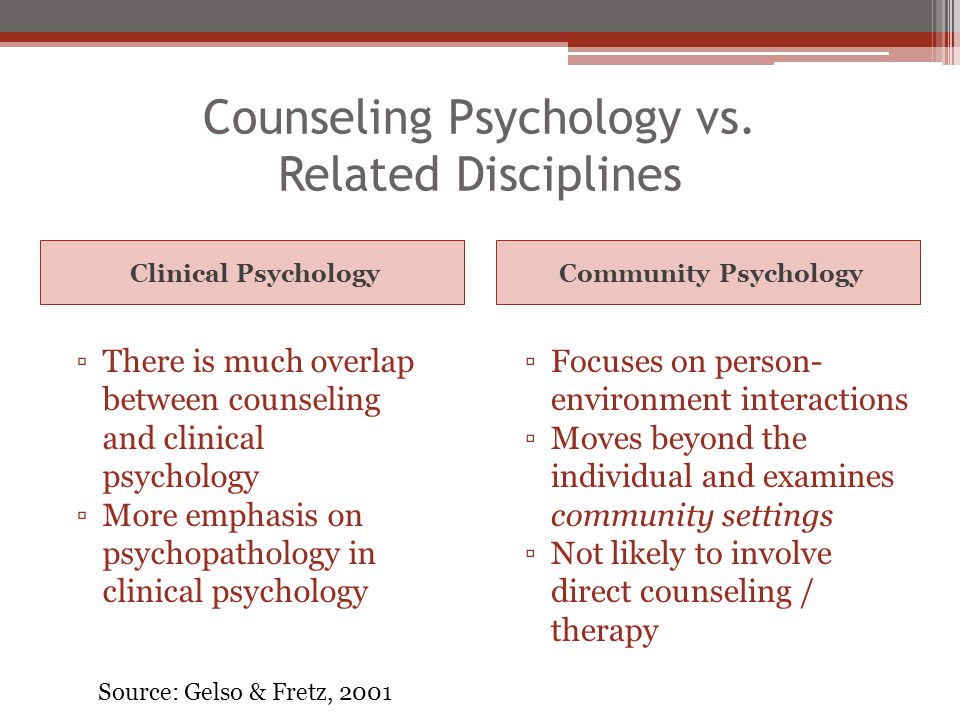 Living a regulated life is one of the biggest accomplishments, because when we are regulated we are able to live more deeply, love more fully and experience the sweetness of daily pleasures.
Living a regulated life is one of the biggest accomplishments, because when we are regulated we are able to live more deeply, love more fully and experience the sweetness of daily pleasures.
Trauma, panic, fear, terror, anger, frustration and depression all express via sensations in the body. We can feel overheated, trapped, frozen, disconnected or completely lost. Those kinds of experiences and emotions won’t move when you dive into them head-first, as you run the risk of flooding yourself and re-traumatizing your mind and body. ‘
When we approach healing from a body centered place, we do so with appropriate pacing and tracking so that the body can tolerate the discomfort, and properly release the emotions needing to be released. Two common words used regarding pacing and tracking are titration and pendulation.
Titration is a process in which we experience small levels of distress at a time, with the focus being to release, and “discharge” the tension from the body.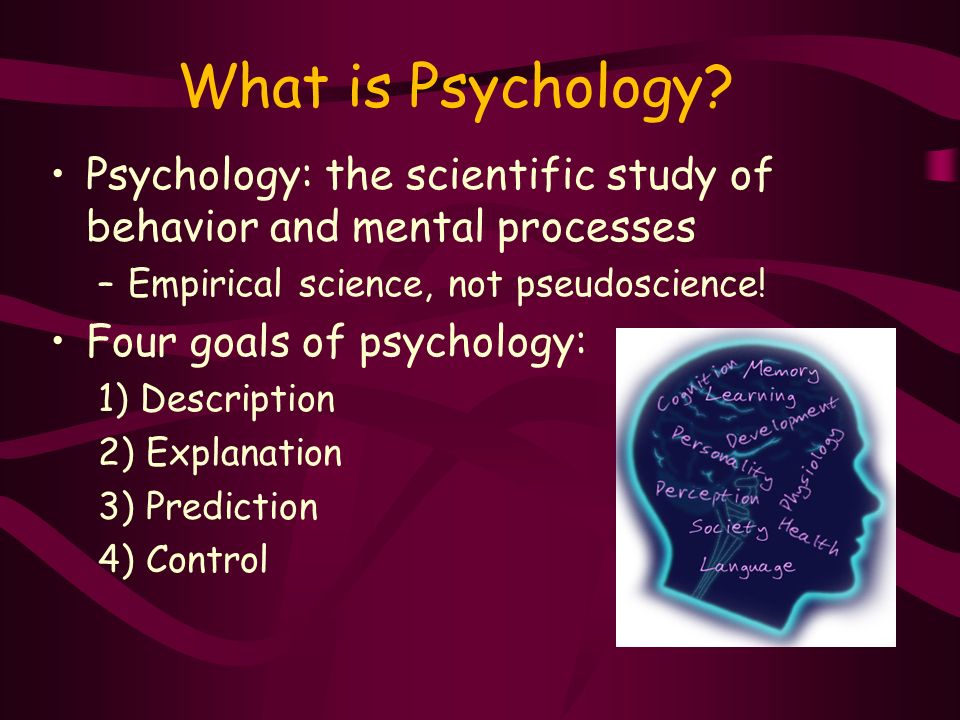 Pendulation is what is used to achieve titration, as pendulation is when you pendulate your focus between stressful content and something completely non-stress related {calming/soothing content}.
Pendulation is what is used to achieve titration, as pendulation is when you pendulate your focus between stressful content and something completely non-stress related {calming/soothing content}.
You may do this by focusing on a stressful sensation that comes up when you begin processing something important. You then slowly oscillate to a resource such as the trust you have in a relationship in your life, or a belief that is reassuring to you. Oscillating through the two helps the body slowly tap-into and then release, at a balanced pace.
8} Act of TriumphAn act of triumph is a term Pierre Janet coined, and later, Peter Levine and Pat Ogden often use this concept in Somatic Experience and Sensorimotor work. This term is used to references a trauma or event where the body needed to engage in an act of defense or a way of protecting itself, and couldn’t.
Somatic work": helping the body re-negotiate events on a body-based level so you can experience relief.

This is because past events get trapped in the body and play themselves out with intrusive images, thoughts, tension, panic, unhealthy relationships and a feeling of sadness or despair.
For example, if you were stuck in a situation and needed to get away, but couldn’t, in somatic therapy we would help you slowly drop into the sensation of the event that happened; without going into too much talking about it - but letting the body go back to what it experienced. We then try an experiment where the body does what it needed to do- so you may move your feet as if you’re beginning to walk or run out, or reach out to someone who could have taken that part of you out of the difficult, or even dangerous, situation.
Another act of triumph may be to push against a pillow, or a wall, feeling the strength in your arms, being able to set a boundary or say “no” to whatever it is that you needed to stop at some point in the past, but couldn’t because you didn’t have the strength, it would have been dangerous or you didn’t know how. Even though you are no longer in the situation, the cells in your body are still connected to that event, and when you engage in an act of triumph, the body often experiences a deep sense of calm and relief on a cellular level that it had not experienced by simply talking about the event.
Even though you are no longer in the situation, the cells in your body are still connected to that event, and when you engage in an act of triumph, the body often experiences a deep sense of calm and relief on a cellular level that it had not experienced by simply talking about the event.
Sequencing is the process of which the body-based tension begins to release, and it typically happens with a beginning movement, sensation that moves up or down a part of the body, or an emotion that intensifies and then slowly starts to lessen. It’s like a linking experience, where there are a few dominoes, and once the process starts, the rest of the body continues to sequence; Tension in the belly may begin moving upward to your upper body, feel like tightness in your chest and then feeling like your arms are heavy.
As you stay with it, you may notice a pulsing feeling in your throat, or a tightness in your head/ or around your forehead.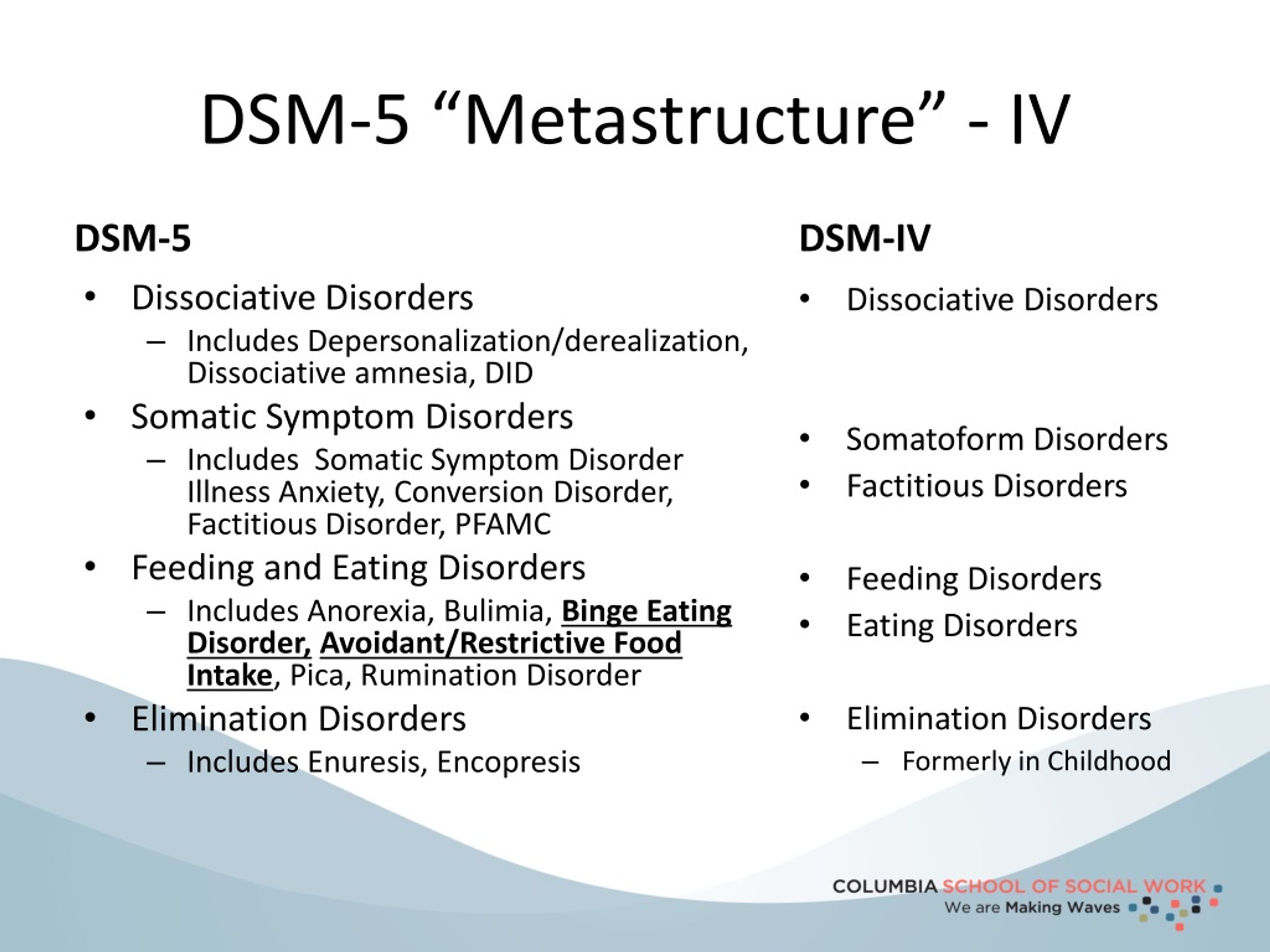 At some point, there there is often trembling, where the hands and/or legs tremble, where the tension begins leaving the body.
At some point, there there is often trembling, where the hands and/or legs tremble, where the tension begins leaving the body.
There are many ways the body moves through sequencing, tension can leave through the top of your head, bottom of your feet, tips of your hands or arms, but there’s an obvious moving through. Sometimes it takes a matter of seconds, and for others, it can be a few minutes.
Sequencing often also brings other forms of release; you may cry as a way of letting go emotions and sadness that you’ve been holding. You may take a deep sigh and notice an ability to breath easily, or you may feel like you’ve dropped a huge brick from your heart. Clients often express a lighter feeling after their body has properly sequenced through an event or emotional experience.
10} Boundary SettingBoundaries are a foundational piece of work when it comes to healing. When you lean into boundaries from a somatic standpoint, you will notice what kind of boundaries you are naturally setting; verbally and nonverbally.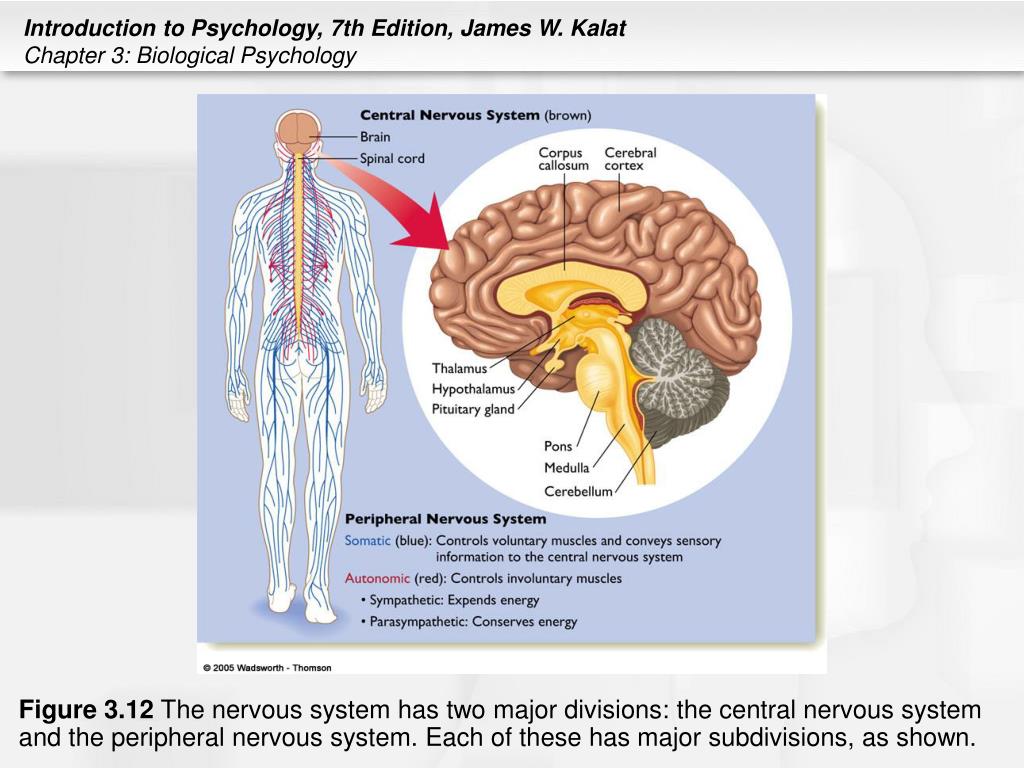 In session we may practice saying words like “YES” or “NO” or “ stop” or “okay”, sensing what it’s like to express limits using movement, nonverbal cues as well as verbally. Setting boundaries is one of the surest ways to feel protected and steady in your skin, and in your day-to-day interactions.
In session we may practice saying words like “YES” or “NO” or “ stop” or “okay”, sensing what it’s like to express limits using movement, nonverbal cues as well as verbally. Setting boundaries is one of the surest ways to feel protected and steady in your skin, and in your day-to-day interactions.
Your Somatic Awareness in this Moment
As you’re reading this, notice what it’s like to be reading about healing mind and body. Check inward if there are emotions, situations or even a pressure point that is pulling at your attention. You can think about some resources that you currently have, or would like to identify for yourself.
Living Mindfully with Somatic Awareness
Take a moment to be mindful of who you are, what your environment feels like and how this information lands on you as you digest it.
If you’re reading this because you’ve been curious about engaging in some somatic focused therapy for your own self, be it somatic experience, somatic intervention or attachment focused sensorimotor psychotherapy, I invite you to reach out here.
At Integrative Psychotherapy we help clients engage in body-focused healing so they can live more wholesomely.
We also use other scientific based methods such as EMDR, Eye Movement Desensitization and Reprocessing, Internal Family Systems/ Parts work, Expressive Arts and More. Reach out today for your free 15 minute consultation to see how we can help you feel better.
And, get your some FREE downloadable worksheets and download to deepen your connection with yourself and engage in some mindfulness activities..and more. Click here for access to FREE content made with you in mind!
Listen to Esther Goldstein, Somatic Practitioner.
Abandonment Trauma, Dissociative Identity Disorder (DID), Enmeshment, Post Traumatic Stress Disorder (PTSD), TraumaEsther GoldsteinComment
0 LikesWhat Is Somatic Psychology? | BetterHelp
Did you know that there are many different schools of psychology? This article will be focusing on one in particular, known as somatic psychology.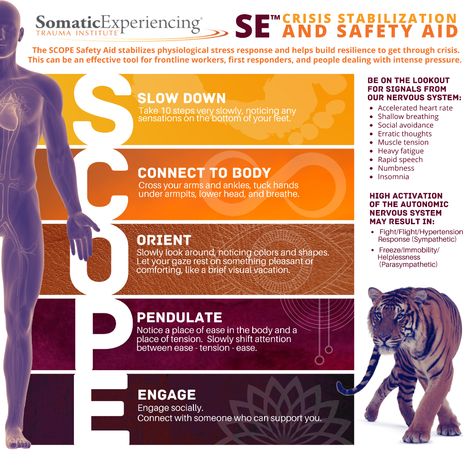 We will look at this field of psychology and discuss its history, its main principles, and how it may be able to help as a therapeutic method.
We will look at this field of psychology and discuss its history, its main principles, and how it may be able to help as a therapeutic method.
We Don't Always Know How To Overcome Difficult Obstacles
Move Forward With A Therapist's Help
The History And Definition Of Somatic Psychology
Wilhelm Reich was once a student of Sigmund Freud and he is often credited with supplying the theoretical bases upon which somatic therapy was later built. The word “somatic,” from the Greek word “soma,” refers to the body (as opposed to the mind, soul, or spirit). Reich believed that the body should be involved with psychotherapy and he shared his theories in Character Analysis, a book he published in 1933.
Reich’s work was fundamental in establishing a connection between trauma and the body. Building on his teacher Freud, the book argued that repressed emotions and personality traits can be seen in body language, muscular tension, and movement. He called this phenomenon “body armor” to get at the idea that our bodies can serve as protective shells following traumatic experiences.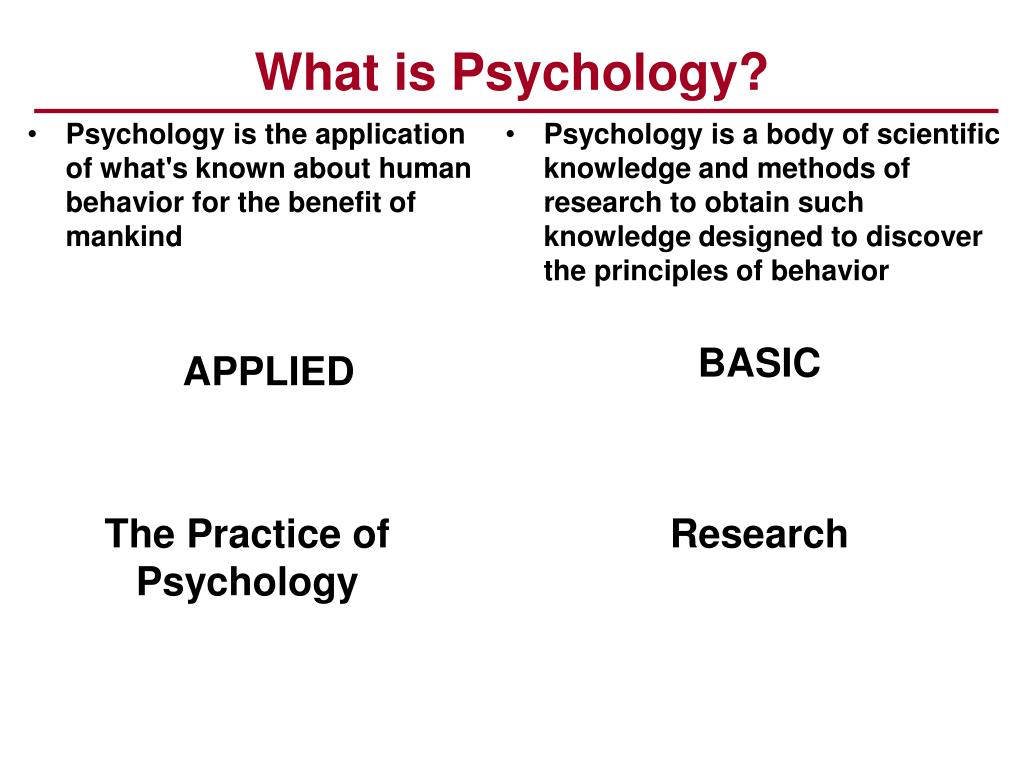
Reich was convinced that to let out emotions, a corresponding physical release was necessary. Although he was criticized, Reich’s work led to later developments in the field of somatic psychology.
In the 1970s, for example, Dr. Peter Levine worked on apsychological approach that placed a great deal of emphasis on the body and its connection to the mind. This was a clear refutation of much Western thought since René Descartes, who famously posited a dualism between mind and body and argued for the centrality of thought with his well-known expression, “I think therefore I am” (Cogito ergo sum).
Somatic therapy or psychology depends on this connection between mind and body and believes that traumatic experiences create tangible changes in the human body, especially our nervous system. To try to heal the mind and body holistically, i.e. together, somatic therapy aims to help release tension through the use of both physical and mental therapies (i.e. psychotherapy).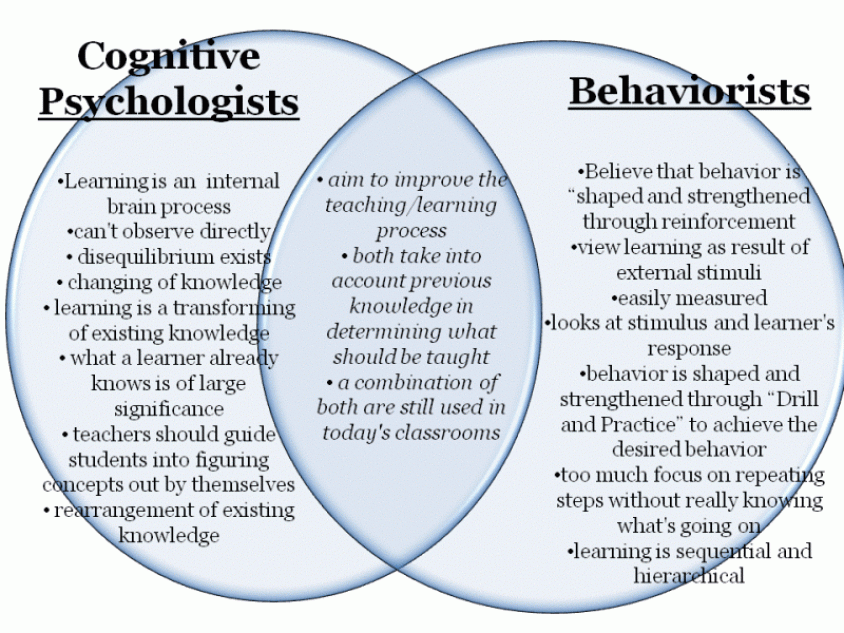
Ultimately, the goal of somatic therapy is to identify physical and mental pain and work to heal any psychological scars inflicted by the traumatic event.
How Somatic Psychology Can Help
Since somatic therapy believes in the importance of the body, it is perhaps in a better position to recognize the important aspect of physical factors when it comes to mental health. It understands that diet and exercise play fundamental roles regarding our overall mental well-being.
Practitioners of somatic therapy may also look to body language. The way that people “carry themselves” can often say a lot about their present and past circumstances. In this way, somatic psychology’s holistic approach may offer a more well-rounded perspective rather than treatments that only consider the mind.
That said, somatic therapy will also generally use some form of talk therapy, a staple of psychoanalysis since Sigmund Freud. The psychologists who theorized somatic therapy, however, tend to agree that talk therapy alone may not get at the full picture, particularly pertaining to how the body absorbs trauma.
Ultimately, somatic therapy endeavors to help bring greater awareness to the body by cultivating this sense in patients. By becoming more aware of bodily sensations and how it relates to trauma, people can become better practiced at releasing certain emotions and tensions.
As such, somatic therapy may commonly use various exercises: breathing exercises, dance, massage, among others. In this way, somatic therapy may be more relaxing and effective than treatments that only consist of talk therapy.
Here are a few specific ways that somatic therapy may help:
- Self-Awareness – Somatic therapy can help by increasing one's self-awareness. All of us have some degree of unconscious actions and thoughts. Somatic therapy may help by teaching you about unconscious behavior and mental activity and thus increasing your awareness. By being more aware of your body, you can see changes and identify your emotions.
- PTSD – Somatic therapy may be a good way to treat PTSD.
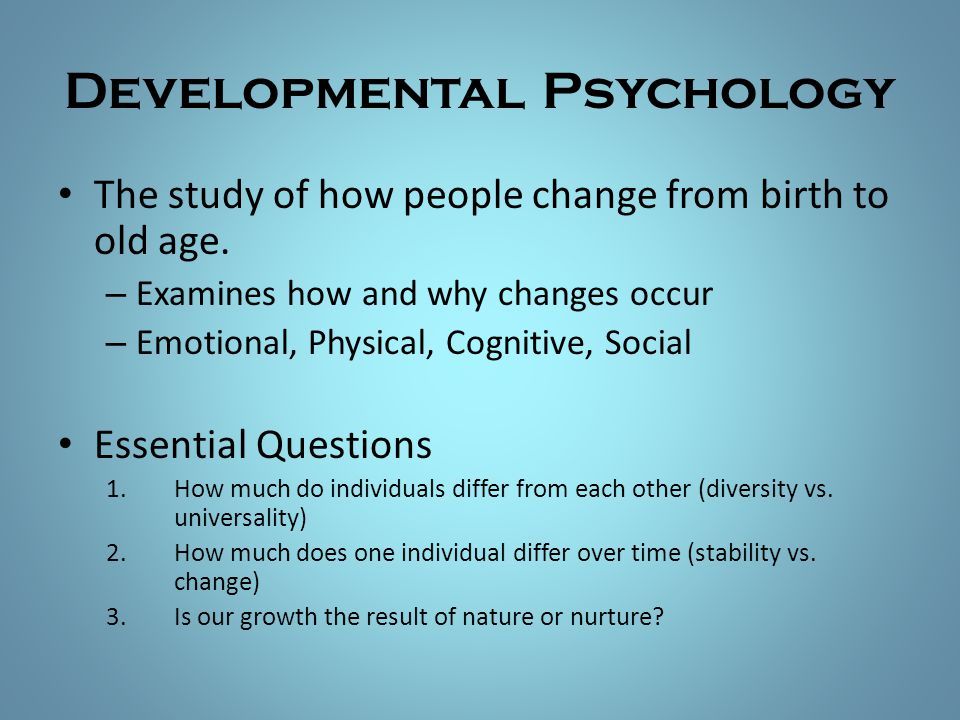 When one experiences trauma, it can manifest in different ways. Somatic therapy looks for more subtle signs of trauma and seeks to fix them.
When one experiences trauma, it can manifest in different ways. Somatic therapy looks for more subtle signs of trauma and seeks to fix them. - Confidence And Self-Esteem – Somatic therapy may be good for your confidence and relationship issues. This is because it can make you more self-aware and mindful of what you say and how you present yourself when it comes to body language.
Possible Shortcomings Of Somatic Psychology
Everyone is different, so therapists must ensure that they work to find the treatment that’s best suited for that individual. Not everyone may take to or even need somatic therapy. They might simply be better off with a more traditional talk therapy treatment. If a therapist tries to force someone into somatic therapy when it isn’t a good fit, this would be a disservice to the patient (and the same goes for trying to force anyone into any particular school of psychology or therapy).
And even within somatic psychology, it can take some time to explore various exercises and find the best outlet for that individual.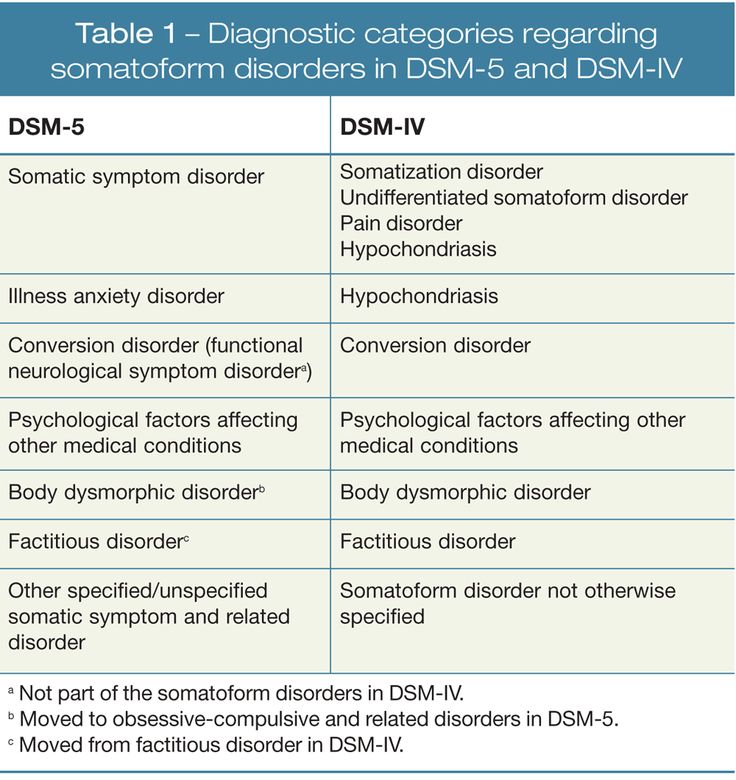 Some people may benefit from voice work, while others may benefit more so from grounding exercises. If the time isn’t taken to explore a variety of options, the patient may not experience significant benefit.
Some people may benefit from voice work, while others may benefit more so from grounding exercises. If the time isn’t taken to explore a variety of options, the patient may not experience significant benefit.
There is also the question of touch. Some people are quite sensitive to being touched, particularly if they have already experienced physical trauma. It is also essential to establish firm boundaries to ensure that the patient feels safe and respected at all times. If carried out haphazardly or worse, blatantly unethically, somatic therapy can create more stress and trauma for patients.
Finally, somatic therapy is generally less scientifically rigorous than other schools of psychology. As such, there have not been as many clinical trials to fully understand the scope of its effects. Some research, however, has indicated that it may be effective for some patients.
We Don't Always Know How To Overcome Difficult Obstacles
Move Forward With A Therapist's Help
Seek Help!
If you're facing some kind of mental health issue, no matter what kind, there is no shame in talking to a therapist like those available through BetterHelp.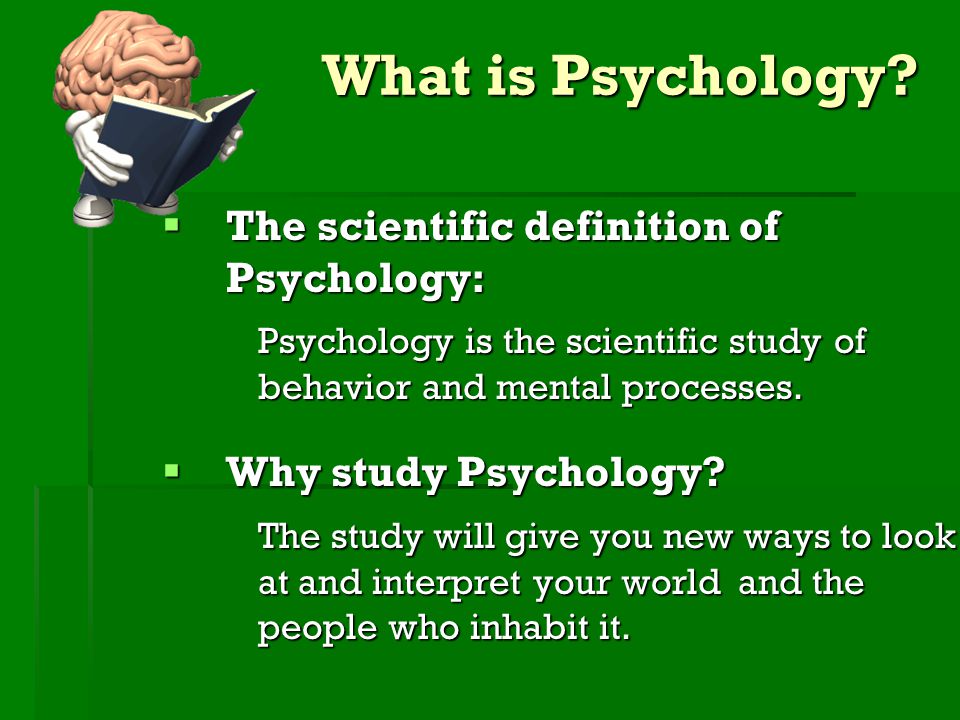 It doesn't matter if it's a traditional talk therapist or someone who deals with somatic therapy. The goal is for you to feel better with yourself and be able to deal with all your problems in a healthy manner.
It doesn't matter if it's a traditional talk therapist or someone who deals with somatic therapy. The goal is for you to feel better with yourself and be able to deal with all your problems in a healthy manner.
Somatic therapy may be a good approach for you if you want to become more self-aware, especially in body language. How we use our bodies is highly important for communication and how the world generally perceives us, after all. It may also even be a good technique for group therapy.
Reach out to a therapist today and you can receive a customized approach to whatever you are going through, which may include therapies such as somatic therapy.
Unfortunately, it may be the case that a professional who practices somatic therapy simply does not live close enough to you. If this is true, there is a strong likelihood you will be able to find someone who can online. Online therapy has been conclusively shown to deliver the same results as in-person treatment.
At BetterHelp, an online counseling platform, you will be able to find licensed therapists skilled in practicing a number of treatment techniques, including somatic therapy.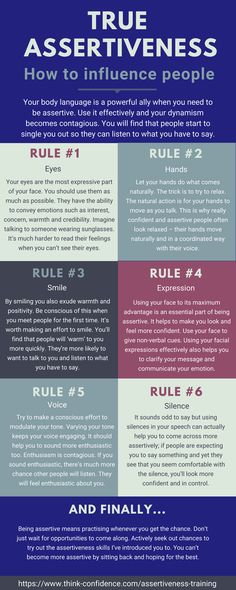 If you don’t connect with the first therapist you are matched with, you can switch at any time. Many people try out several counselors before they find someone who is a good fit. Mental health practitioners are available to get in touch via videoconference, call, or chat. Read what others have to say about their experiences with BetterHelp below.
If you don’t connect with the first therapist you are matched with, you can switch at any time. Many people try out several counselors before they find someone who is a good fit. Mental health practitioners are available to get in touch via videoconference, call, or chat. Read what others have to say about their experiences with BetterHelp below.
“By far one of the best counselors I’ve seen. She is very holistic in listening and responding. I would definitely recommend her services. After one session, I had major breakthroughs.”
“While I have only been using BetterHelp for a couple of weeks, I couldn't be more pleased with Meagan Jones as my counselor: she's adept at asking the right questions and creating an atmosphere of trust and rapport as we identify, examine, and confront the patterns in my life that have adversely affected my personal and emotional development as well as the experiences that have contributed to those patterns. I recommend Meagan to anyone who is serious about owning their problems and seeking a supportive and attentive counselor who is focused on healing and holistic wellness.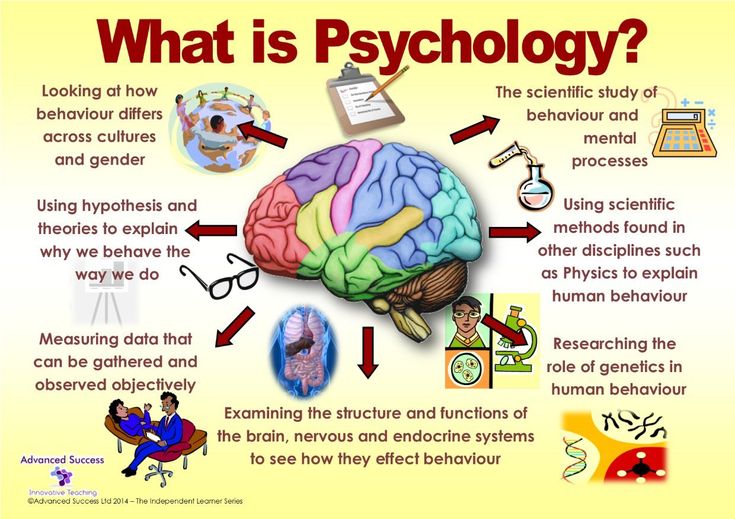 ”
”
https://www.betterhelp.com/meagan-jones/
What is somatic therapy and what are its features
Trauma leaves a strong imprint, both on our personal life and on the whole human segregation in general. Of course, the reality of trauma is constantly being redefined in various social approaches, politics, education, health care and mental health. But what is surprising is that when they talk about it, they always seem to miss the most important component of psychic trauma. It is pain, mental pain, and often physical pain. nine0003
When we write books, formulate approaches, give lectures, we fill our concepts with words all the time and thus distance ourselves from immediate givenness, from reality. We constantly think in words, speak in words, create abstract ideas that fit into some kind of linguistic constructions that fit information.
A word-based theoretical framework is of course very important for us to understand the essence of the issue, it allows us to better understand, see the big picture and navigate the subject, but it takes us very far from seeing a real person with a real psychological trauma.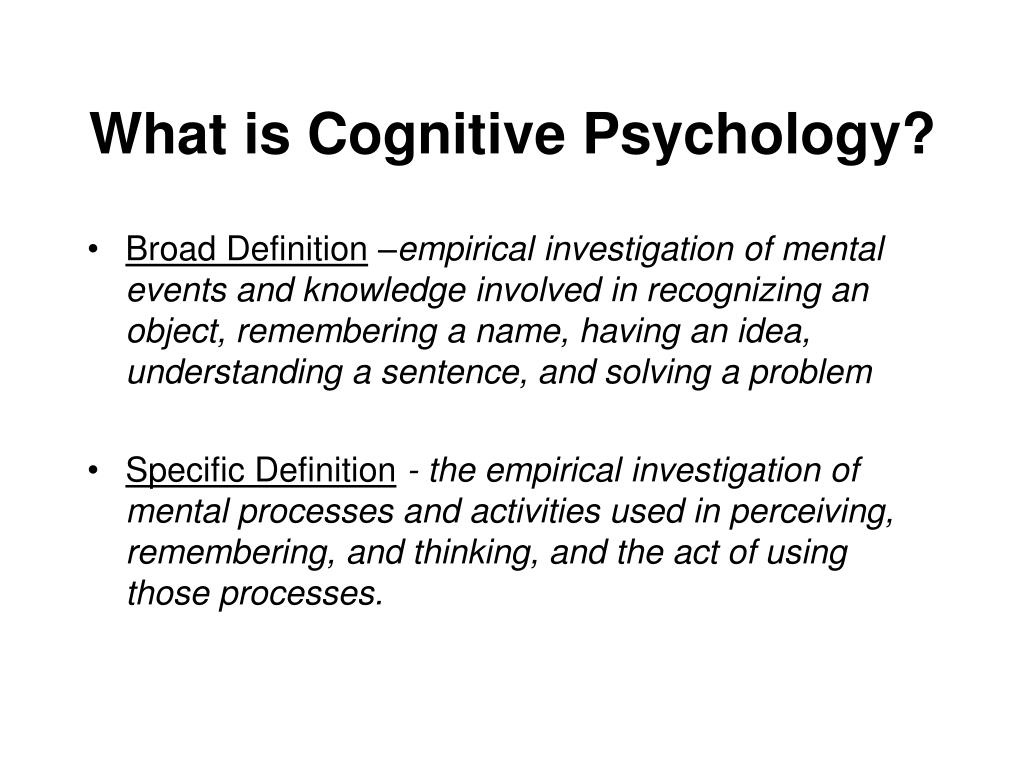 How can we help a person if we are based solely on abstract ideas, knowledge and theories, we are distracted from the living details of human existence? nine0003
How can we help a person if we are based solely on abstract ideas, knowledge and theories, we are distracted from the living details of human existence? nine0003
Feelings are the most immediate reality of human existence, therefore, without a balance of verbal and non-verbal methods of psychotherapy, real psychotherapy is impossible. When we talk about the verbal aspect, about verbal psychotherapy, we are talking about only one aspect of our existence - this is the semantic aspect. But it is no secret that in trauma the semantic centers are not activated and do not participate in the processing of experience. Therefore, it is very important to include in trauma therapy such parts of experience as images, feelings and sensations, and not just ideas that distance us from the real experience of experiencing trauma. nine0003
In psychotherapeutic attitudes that focus primarily on words, thinking, discussing the situation, in these attitudes we remain on the surface levels, so the trauma may not be resolved. In my experience, I often come across the fact that people come with surprise that after several years of therapy, the trauma remains. This all comes from the fact that the emphasis in their therapy was on the logical, verbal, thought process.
In my experience, I often come across the fact that people come with surprise that after several years of therapy, the trauma remains. This all comes from the fact that the emphasis in their therapy was on the logical, verbal, thought process.
Absolutely no attention was paid to sensations, a holistic approach to trauma therapy, to reducing stress and restoring self-regulation functions. nine0014
The central idea of somatic experience is the idea of integration. And, as you know, it is integration that lies at the heart of our existence, our entire existence is based on this. The integration of the various parts of our experience links the various elements of our being into a functional whole. Integrating the various elements of our experience. We become more flexible, more adaptive, more adequate, we have more energy and more stability. Without this integration, our stream of consciousness becomes distant from our experience. From reality, makes us more rigid, more chaotic.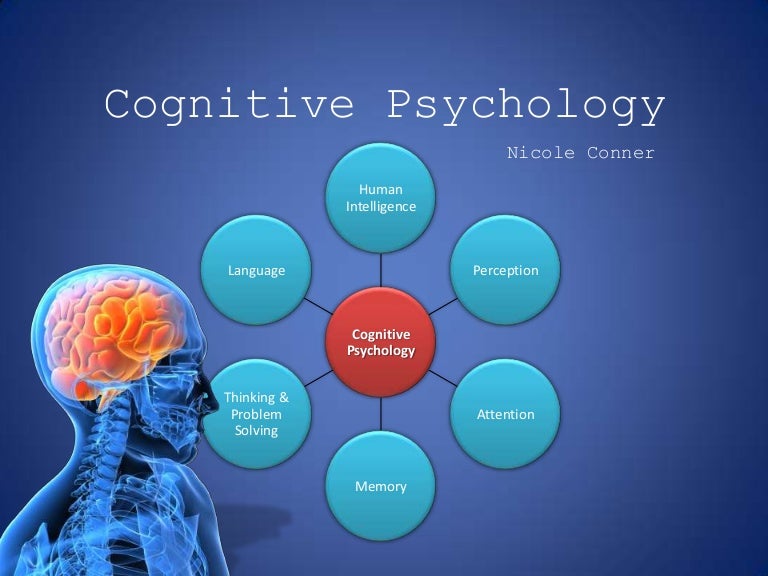 nine0003
nine0003
Therefore, trauma can only be considered in an integrative approach.
Post-traumatic states are distinguished precisely by rigidity and disorder in relationships, boundaries, in thoughts and in relationships with oneself. People in these states stop spontaneously reacting to circumstances and act according to patterns that preserve their energy and protect them from events that are dangerous from their point of view: limit social connections, interfere with risk and creativity. nine0003
By means of combining, linking, integrating the various parts of our experience within our perception, awareness, we develop greater coherence and harmony in our activity, link the work of our hemispheres. And thus, we have a greater awareness of what we are doing. Mindfulness, in turn, starts the process of self-healing, which is blocked after trauma.
The process of self-healing is our natural ability, it is important to release this process and give it the opportunity to influence us. This is the goal of trauma therapy, to start the processes of self-regulation and self-healing. By doing so, we release a free flow of energy within our body. nine0003
This is the goal of trauma therapy, to start the processes of self-regulation and self-healing. By doing so, we release a free flow of energy within our body. nine0003
This, of course, affects both the quality of our life and the quality of our mental activity.
Restoring the process of self-perception, a person restores not only the freedom of his body, not only releases his muscles, but all this affects his behavior, the functioning of internal organs, interaction with other people, his activity. Thus, his consciousness becomes more open and accepting, if you like, more loving and warm, which naturally cannot but affect the quality of a person's life and his destiny. nine0003
Therefore, another feature of somatic therapy is empathic communication, that is, the entire psychotherapeutic process is built on a relationship of trust and respect. This is very important, because any work with the body in psychotherapy involves a fairly high, critical level of intimacy between the therapist and the client.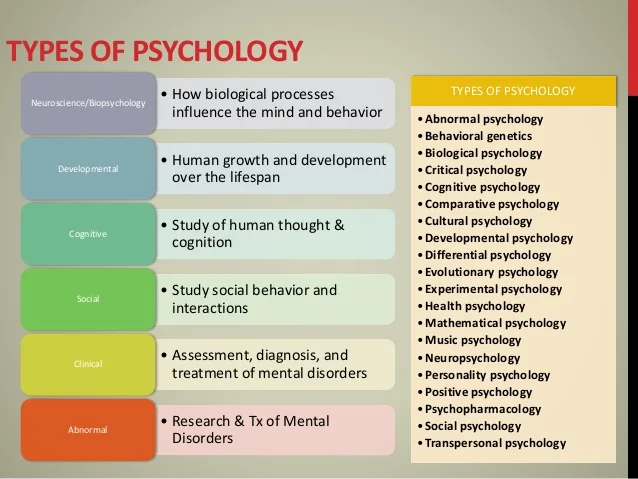 It is because of this that the awakening body awakens our consciousness, following the wisdom of the body awakens mental wisdom.
It is because of this that the awakening body awakens our consciousness, following the wisdom of the body awakens mental wisdom.
Through this accepting awareness, opening, nonjudgmental attention, exploratory attitude towards life, our consciousness can move from chaos and rigidity to coordinated functioning with the body. Such awareness of one’s body, or somatic experience, is capable of immersing a person in archetypal states of self-healing, fullness of energy, activity, without including those usual psychological defense mechanisms that interfere with experience and interfere with a person’s inclusion in life, interfere with spontaneous response to circumstances. nine0003
Moreover, thinking with its defense mechanisms often simply cannot realize the somatic state, cannot realize feelings and needs, since they are very closely connected with sensations.
Recently, we have forgotten this most important factor in human well-being and health - the relationship of bodily sensations, physical condition and psychological health. Fortunately, modern science has again turned to the central role of the body in creating emotions and meanings, and therefore needs, because it is the body that is the source of all this. It is the body that resonates with our emotional state and reflects it, so it would be completely unfair to forget that our psyche is corporeal. nine0003
These aspects are taken into account by somatic therapy, therefore the focus of its work is the so-called somatic consciousness, the integration of all elements of human experience. This is a very good practical, effective tool in healing trauma.
Excerpt from the book Step Out of the Past. Trauma Psychotherapy Manual
Author: Sviridkina Tatyana Leonidovna
Back
Psychosomatics and somatic therapy.
 PREOCENTER
PREOCENTER What is psychosomatics and somatic therapy and how does it work? Psychotherapy focuses on sensations in the human body.
Until recently, most Western medical practices tended to treat mind and body separately. However, in the last few decades there has been a new emphasis on the connection between the mind and physiology. Physicians are increasingly aware of the psychological aspects of physical illness. More and more psychologists are learning to use somatic practice as a way to deal with mental health problems. If you are planning to find help for emotional difficulties, now is the time to learn more about this method and how it can help you improve your condition. nine0003
What is it?
As a form of psychotherapy, it is a way of influencing emotional changes through the body. Discussion is combined with mind and body exercises in an integrated approach to the treatment of PTSD and other mental disorders. The theory is that our body's natural response to a threat is extremely beneficial to the immediate dangerous experience.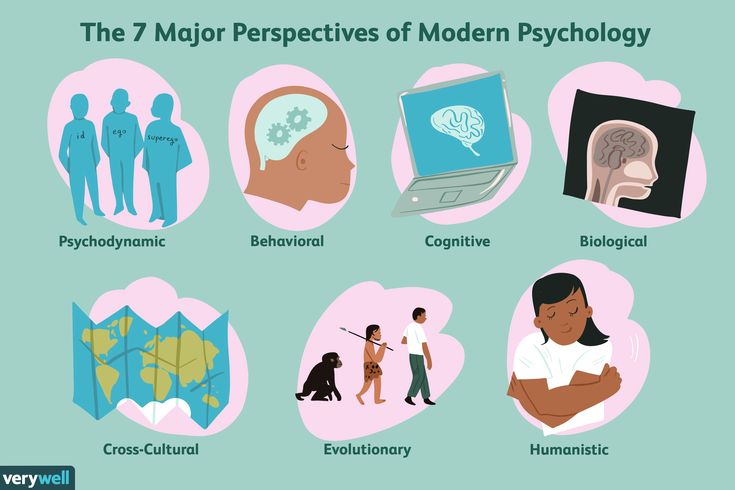 However, the nervous system can get stuck in this state of tension, excitement, or shutdown and remain in it on a chronic basis. nine0003
However, the nervous system can get stuck in this state of tension, excitement, or shutdown and remain in it on a chronic basis. nine0003
The idea behind the approach used to treat trauma is that past traumas have caused instability in your autonomic nervous system. You can feel both the emotional and physiological effects of this instability. Psychologists use psychosomatic therapy to restore balance.
However, this is not only a type of therapy. A wide range of bodily methods can be used to achieve positive changes. Your therapist may specialize in one of these methods, or use more than one to suit your specific needs. nine0003
Types
Takes many forms. Useful tools can be found in almost every culture, from ancient Eastern practices to newly developed Western techniques. The following list is just a selection of the many therapies available.
- Massage
- Postural Integration
- Sensory Awareness
- Body Centering
- Dance
- Kinetic Awareness
- Martial Arts
Some are useful for the treatment of pain as well as specifically identified diseases, whether inherited or acquired.
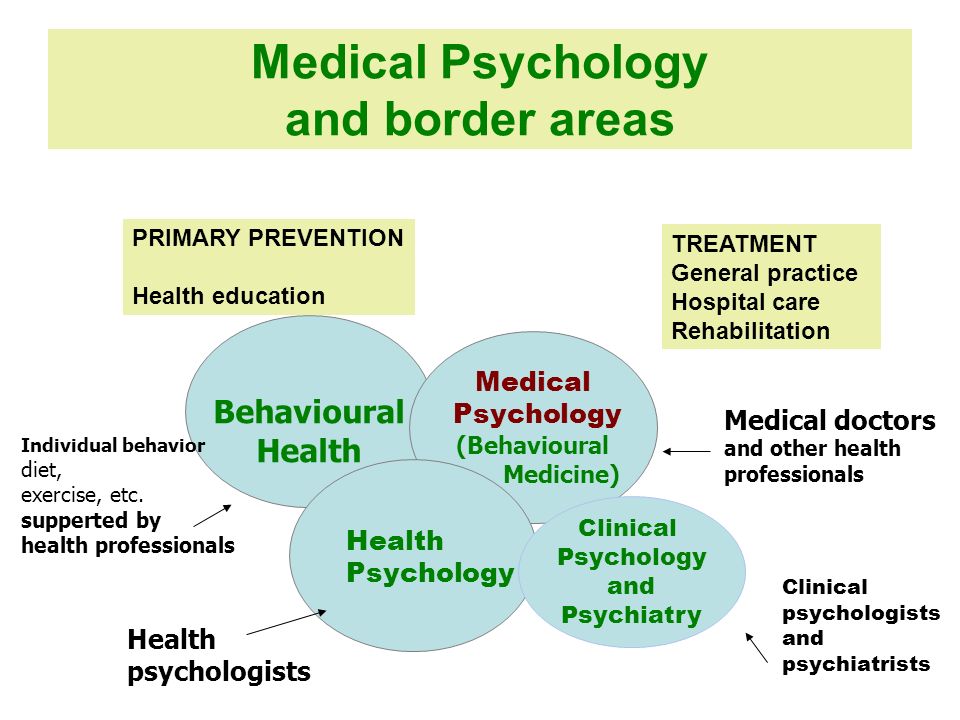 These therapies can help with life-threatening illnesses such as cancer and cystic fibrosis.
These therapies can help with life-threatening illnesses such as cancer and cystic fibrosis. Benefits
Somatic therapy is based on the connection between mental and physiological processes. After all, your mind works with your body to make you who you are and eliminate the bodily and emotional pain you are experiencing. So how can you benefit from this? nine0003
In trauma therapy, your counselor helps you reframe traumatic experiences in ways that help you overcome their negative effects. In addition, you can learn to have a greater and more positive sense of self. Your self-confidence increases and you become more positive. You can reduce or stop worrying, gain a sense of hope, mental and personal strength, improve your ability to focus, and become calmer and more resilient to stress. There are also practical benefits. You may find yourself becoming more active. Your pain and discomfort may decrease dramatically. nine0003
Other psychosomatic techniques allow you to deal directly with chronic pain and overcome life-threatening illnesses.
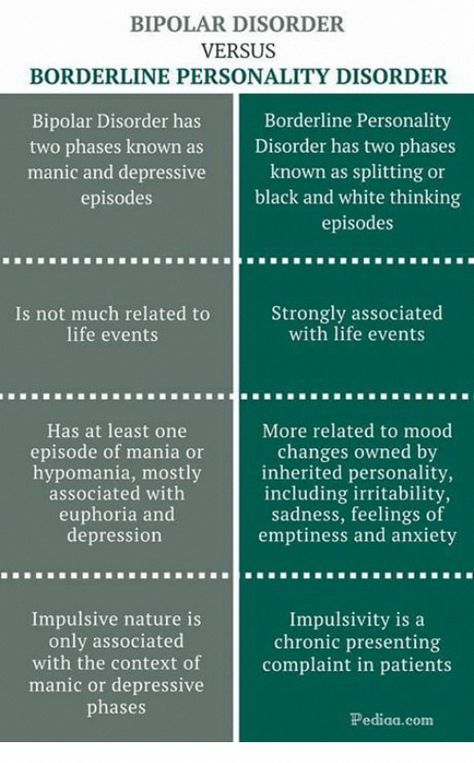
gene therapy is a newly developed way to introduce normal genes where abnormal genes cause disease. This therapy is expected to become more common in the next few years.
Neuro-Somatic Therapy helps people overcome pain, tension and other symptoms that are closer to the end of the mind-body spectrum. NST addresses problems in the nervous system, skeletal system and soft tissues. Identifies the main sources of pain. nine0003
Experiential Therapy begins by looking at the bodily reactions to the stress associated with the trauma you have experienced. This is the first type of therapy. Depending on the therapist you choose and the methods they use, you may not be able to talk about things that are related to the traumatic experience other than what you are feeling, here and now, and the symptoms that are bothering you. For the therapist, the memory of the body is much more important than the mental content of this traumatic memory.

The counselor observes your reactions and asks how you feel. You may then be asked to do a movement or action that triggers that particular negative reaction. You have the opportunity to identify the sensations you have right before this reaction in a clearer way. The somatic experience allows you to release or discharge the accumulation of energy from this reaction safely and gradually. This can be done in several ways, including titration and pendulum therapy methods. nine0003
Titration
In the titration, an expert will guide you through the trauma memories. It instructs you how to notice the changes in your body that appear when you describe a traumatic event or situation in detail. If you have any symptoms, a counselor will help you deal with them as fully as possible at the time they occur.
Pendulum
The therapist guides you from a state of relaxed homeostasis to a state of unstable arousal, like what you experienced during a traumatic experience.
 You are then helped to restore homeostasis. This is repeated several times, allowing you to discharge the energy you have been holding since the traumatic event occurred. During the time that the energy is draining, you may feel restless, uncomfortable, or nauseous. However, your advisor helps you to return to a state of rest every time. By doing this work, you will learn how to return to this relaxed state on your own. nine0003
You are then helped to restore homeostasis. This is repeated several times, allowing you to discharge the energy you have been holding since the traumatic event occurred. During the time that the energy is draining, you may feel restless, uncomfortable, or nauseous. However, your advisor helps you to return to a state of rest every time. By doing this work, you will learn how to return to this relaxed state on your own. nine0003 Psychotherapy can help you cope with trauma, pain or changes in your health, no matter what type of psychosomatic treatment you use. Here are some examples:
- learning to enjoy life again after recovering from a genetic disease.
- Get a better look at the mental health and relationship problems that have arisen because of your illness.
- learn relaxation techniques to help reduce tension and manage stress more effectively. nine0074
- improve social skills and become less isolated than you might have been when you were suffering from the effects of injury, pain or illness.
